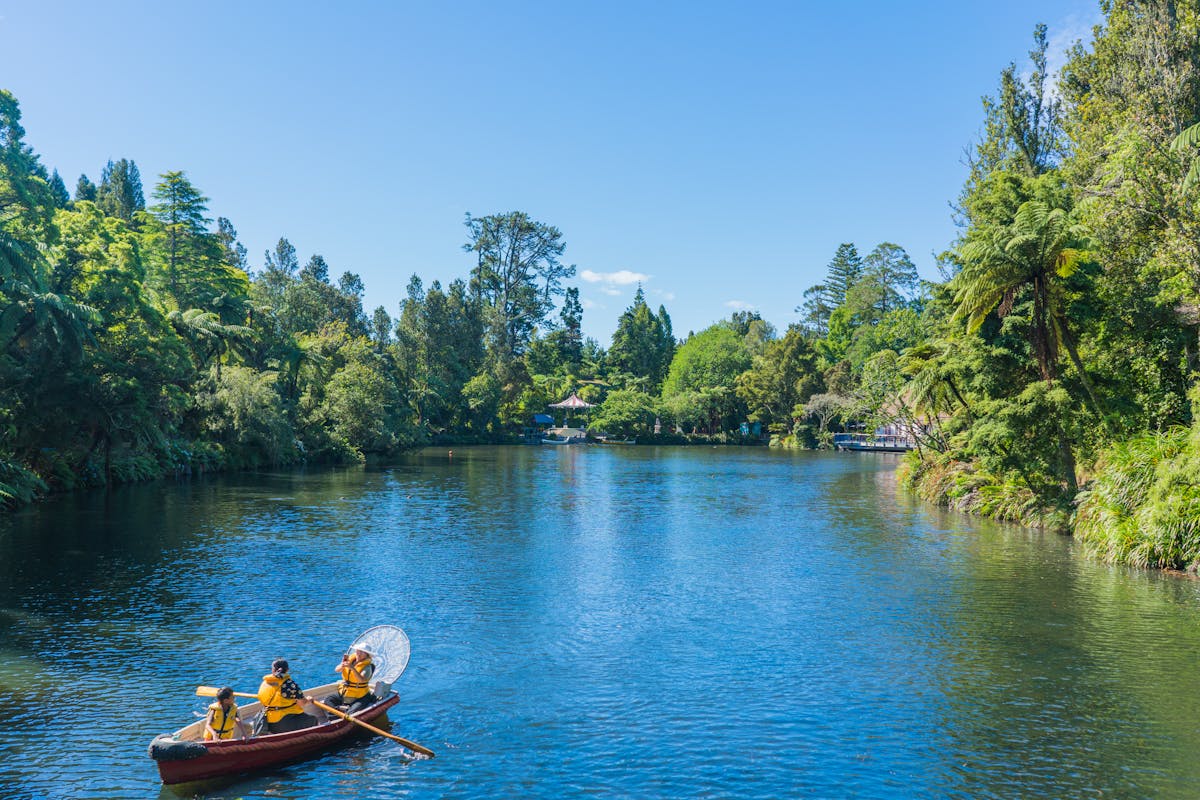Lessons in Chemistry – The Apple TV+ Original (2023 Miniseries) that offers viewers insight into what governs life, some food for thought
Gosh, there’s so much at play in this eight-episode TV series, I had to rewind and replay episodes five onwards. The opening theme is surely something to look forward to for its catchy melody, especially in the earlier parts of the show. A swing classic, which is an evolution from jazz, with Mildred Bailey’s version chosen for this, its syncopated beats function as an attention grabber. It’s worth noting that the opening theme contains a combination of everyday objects yet thoughtful visuals related to studying and chemistry. Perhaps, it is a nod to the characters’ strong interests. As the show progresses, the opening theme switches according to the overall tone that the episode conveys/has. The same can be said for the show’s closing themes.
If you’re in for a linear storyline, then you might as well skip this. There are moments when the going back and forth, using flashbacks became a bit too much for me. Thankfully, with audio-visual streaming capabilities, you can just rewind and replay to the part(s) you wish to comprehend.
Just when you think you know what’s going to happen next, you’ll highly likely to be shocked and even traumatised. In most of the episodes, the portrayals and themes shown and discussed are indeed heavy. Yet, I don’t think there are many shows, documentaries or other forms of media that do this effectively.
One of the executive producers, Brie Larson, who plays a lab technician turned cooking show host, is known for her firm demeanour in asking and getting what she wants. Her traumatic past fuels what/how she is on the TV show. Suffice to say, the female lead uses her fictional cooking show to inspire other housewives watching both from the studio and at home on how to stand their ground for what they believe in. This is of course, due to the immense pressure a female has had to face from an otherwise male-dominated world, leaving women with very little say. Mind you, the story takes place somewhere around the period of 1950s- 1960s America.
Despite not acing chemistry at secondary school level, I enjoyed the science-heavy scenes and the dialogue – and even that peculiar but necessary scene of converting a house kitchen into a lab. Yes, this female lead is fierce, but it is the only way for her to continue with her research, after getting booted out of a grant and unfortunately losing her research partner.
I did wish some of the episodes moved a little faster though. That said, episode five remains the most poignant to me, especially with the soundtrack that goes hand in hand with the scenes – Jerry Wallace’s Do You Know What It’s Like to Be Lonesome. I can’t imagine any other pick.
The multidisciplinary nature of this chemistry-based fiction is also what makes this TV series exceptional. The subplot where the neighbour of the female lead goes to the newspaper printing company to tell the journalist off for sensationally and simply writing about a famous scientist without fact-checking is very telling of today’s journalism, writing and research fields. In a later part, we are to learn that the female lead encourages her viewers of her cooking TV show to go show support for a cause – say no to the freeway that is set to affect the neighbourhood.
Oh, Lewis Pullman’s alter ego and his enthusiasm for rowing. I think it’s pretty symbolic – it indirectly shows the meaning of life, don’t you think? I can’t help but think of the famous nursery rhyme about boat-rowing because it ends with “Life is but a dream”.
It goes without saying that the breathtaking scenery elevates the viewing experience, even if both artificial and natural sites were used in the filming. These backdrops have a calming effect on your nerves, working in a way to counter something so intense and gripping.
The TV adaptation of Lessons in Chemistry is based on Bonnie Garmus’ popular novel, published in 2022, that goes by the same name. Each episode has a runtime of between 41-50 minutes.









Showing 0 comments